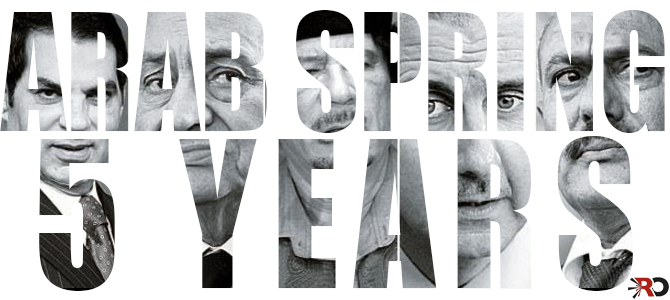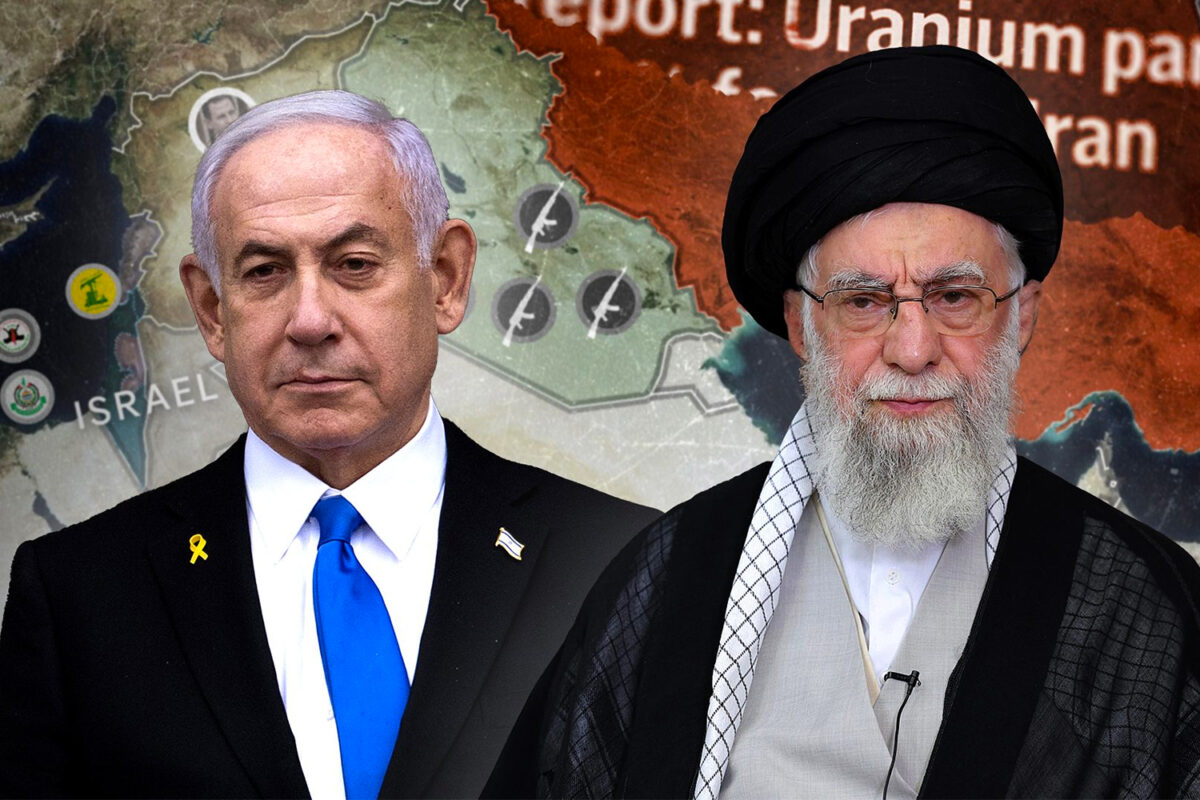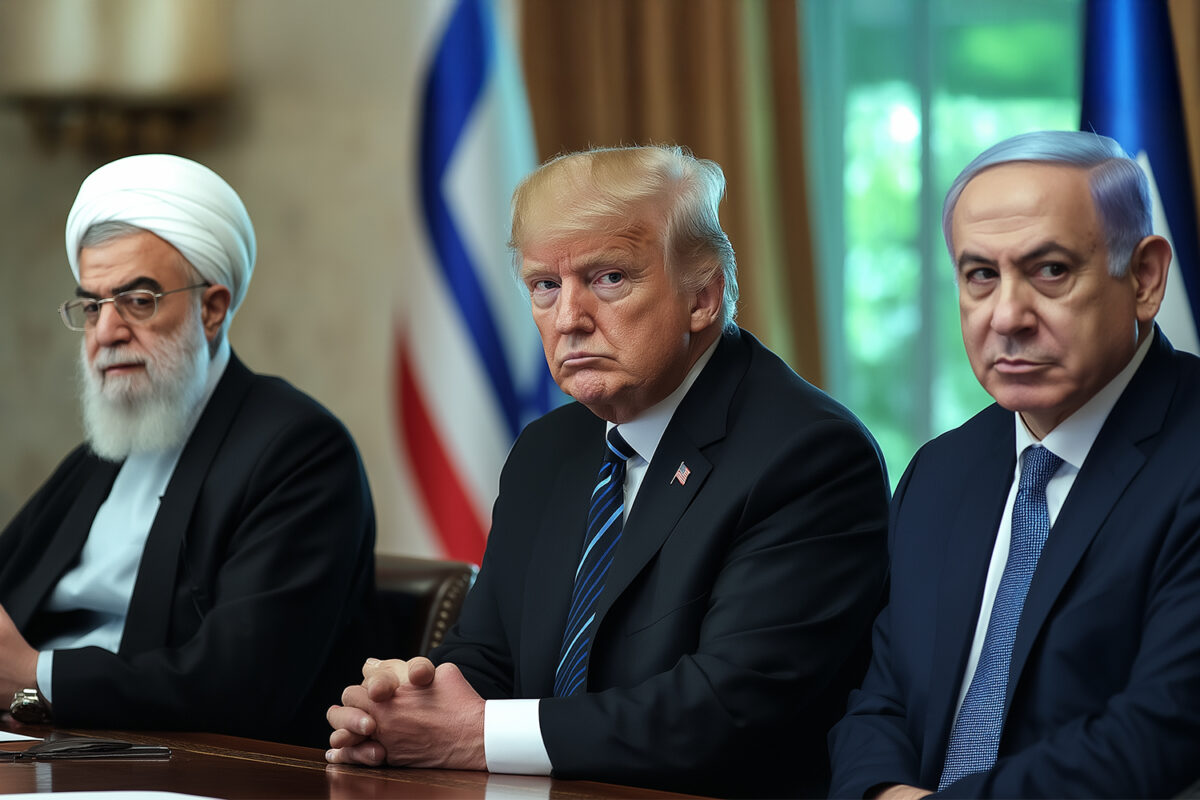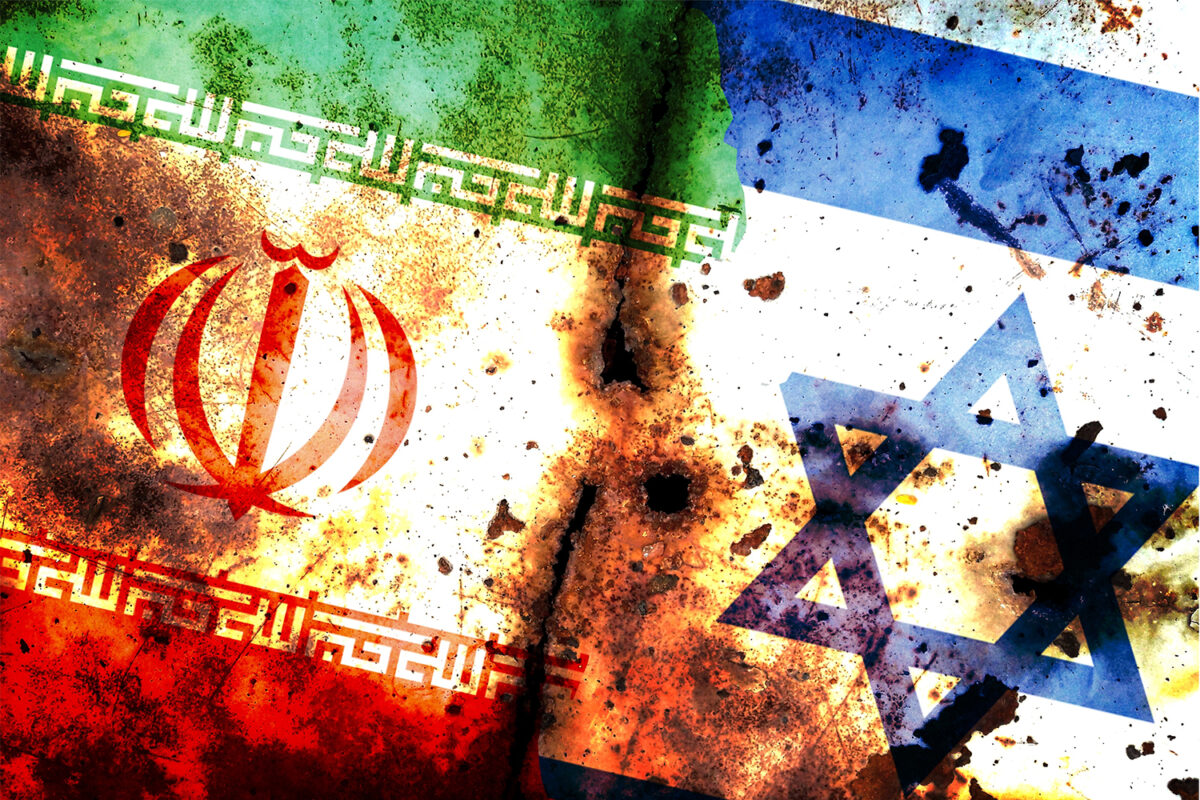By Muhammad Ubaid
On 17th December 2010, five years ago, Mohamed Bouazizi self-immolated himself and kick started the Arab spring that would shake the thrones of long term Middle East dictators. But today, five years on the bloodshed continues in Syria, the emergence of one of the biggest humanitarian crisis’ in Yemen continues to evolve, Libya is a failed state, and the military is back in power in Egypt. Whilst many would consider the Arab spring has gone horribly wrong, there are a number of developments which indicate this is just the beginning, not the end and the fact that things will never be the same again in the region.
The most profound effect of the Arab Spring is that it has weakened the rulers of the Middle East, whilst the masses have gained strength and confidence after witnessing the fall of long term dictators. In countries such as Egypt, where Hosni Mubarak ruled for 30 years with an iron first, winning almost all “elections” with a majority and suppressing any political opposition, he crumbled under the political will of the people. This was despite Mubarak having the full backing of the US for a number of years, as explained by Joe Biden when he said, “Look, Mubarak has been an ally of ours in a number of things and he’s been very responsible on, relative to geopolitical interests in the region: Middle East peace efforts, the actions Egypt has taken relative to normalizing the relationship with Israel, I would not refer to him as a dictator.” [1] It was here that the US had to crumble under popular opinion and give up its man and accept the popular Mohammed Morsi of the Muslim Brotherhood. In fact, it was this very political will that forced the removal of Mohammed Morsi, a year later, when he maintained the status. All this shows that the political will of the people to act against the status quo has become stronger, and they now understand that change requires the overthrow of the regimes, whatever the costs.
Just before the destruction of the Ottoman Caliphate in 1924, the two world powers at the time – Britain and France came to an agreement on how the Middle East should be split. Francois Georges-Picot of France and Sir Mark Sykes of Britain, responsible for the Sykes-Picot agreement literally drew lines in the desert sand in 1916 to arrange the Middle East into how we find it today. This was undertaken to divide the possessions of the Ottoman Caliphate into zones of British, French and Russian influence. This was the point where the concept of nation states was introduced to the Muslim world, something which to this day remains a foreign idea [2]. For more than 1300 years prior to this, the Muslims only referred to themselves as Muslim, and whilst some within the last 100 years adopted this nationalistic identity, it has largely failed to sustain any form of credibility in the Middle East. This explains why during the Arab Spring, the protests were not restricted to the borders of Tunisia but quickly spread around the Muslim world. From this, it can be seen that the Sykes-Picot model has failed to separate the link between the Muslims and the national identities have failed after 100 years to take root.
The electoral success of Ennahda in Tunisia and the Freedom and Justice party in Egypt, both who campaigned on an Islamic ticket, demonstrates the desire of the people to incorporate Islam into politics. This has occurred on the back of a trend within the Muslim world which has even seen governments adopt Islamic slogans and Islamic names to bolster their regimes. This includes the birthplace of absolute secularism in the Muslim world, Turkey, where former president Necmettin Erbakan projected his party as an Islamic party prompting the likes of the then US secretary of State Madeleine Albright in 1997 to complain about the ‘drift of Turkey away from secularism.’[3] A Pew poll which surveyed the Muslims around the world about whether they wanted Shari’ah law, saw 99% of people in Afghanistan and 91% of people in Iraq vote in favor of Islamic law. [4] This is perhaps the clearest indication of the rejection of western democracy in the Muslim world, as these two countries were the latest experimental playgrounds of establishing Democracy in the Muslim lands. The Syrian revolution has also not escaped this trend, as secular and nationalist brigades within Syria have lost all credibility, whilst the openly Islamic brigades have mass support and have been the most successful. All this demonstrates that the Muslims in the Muslim world are moving away from western values of secularism, democracy and liberalism and are seeking Islamic solutions to their political problems.
Whilst many of the revolutions in the Middle East have been quashed and the existing systems that were in place have been restored, the climate which originally gave rise to the Arab Spring. The Muslims in the Arab world desire to see Islam in governance and society but the current regimes in power rule upon a secular basis which is in direct contradiction to Islam. These regimes have also been a big failure in terms of developing society and institutionalizing progress. The rising population of the Arab world and lack of long term economic planning has resulted in a lack of jobs and widespread poverty. The first Arab Human Development Report (AHDR) in 2002 described the Arab “richer than it is developed.” [5] The World Bank in 2011 reported that 63% of the Arab population live below the poverty line. Furthermore, the combination of having 54% of its population under the age of 25 and youth unemployment at 40% has meant that individuals are absorbed in a continuous cycle of poverty.[6] Indeed it was such poverty and lack of opportunities which led to the Arab Spring in the first place and these factors still remain.
Whilst the Arab Spring has given rise to an unstable Middle East, it has however, changed the power dynamics of the region. Muslims around the world have escaped the shackles of the ruling authority and secret services and are now discussing possibilities which were never present before. The Arab Spring has enabled Muslims to reconnect to their values of Islam, shun away the Sykes-Picot borders and rise above the fear which they once had. Whilst in many cases, most of the countries which were part of the Arab Spring either remained stagnant or regressed from their previous positions, some countries continue to not compromise on their goal, as is the case in Syria. For all the countries however, the conditions which caused the Arab Spring in the first place still remain, hence making the next few years a sensitive time for Middle East.
[1] http://www.pbs.org/newshour/bb/politics-jan-june11-biden_01-27/
[3] http://edition.cnn.com/WORLD/9702/12/turkey/
[5] http://www.arab-hdr.org/publications/other/ahdr/ahdr2002e.pdf
[6] http://www.pewforum.org/2011/01/27/future-of-the-global-muslim-population-regional-middle-east





